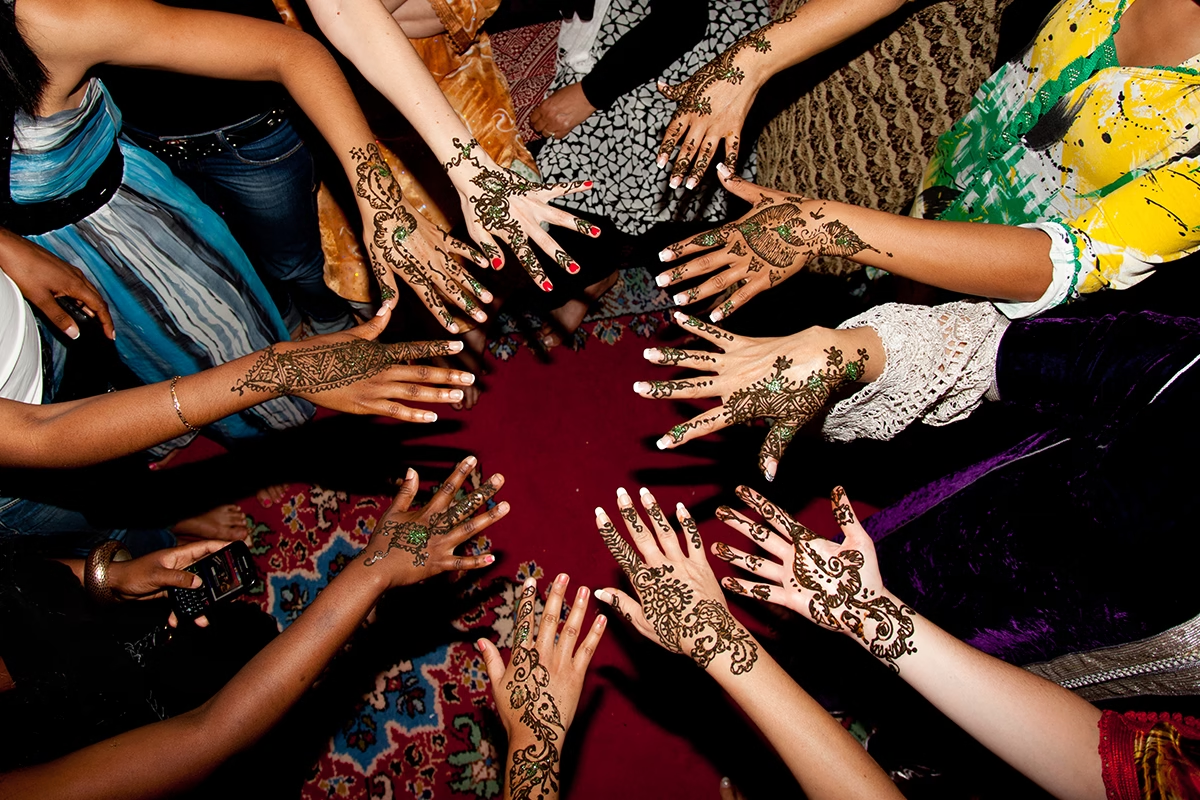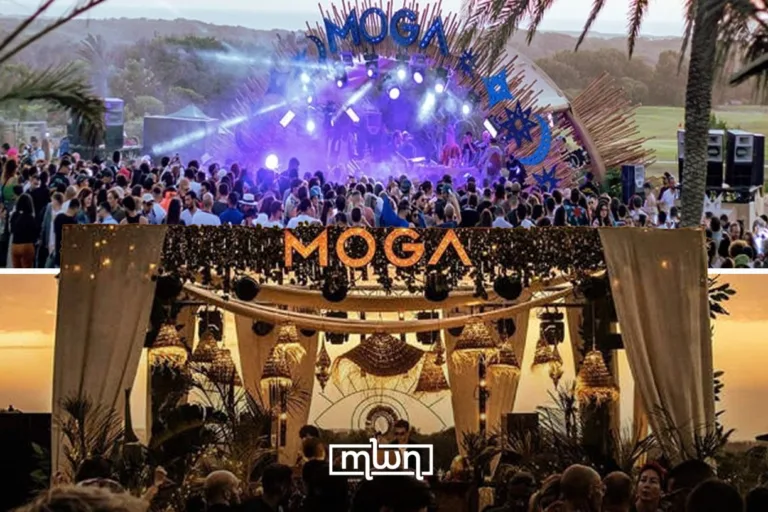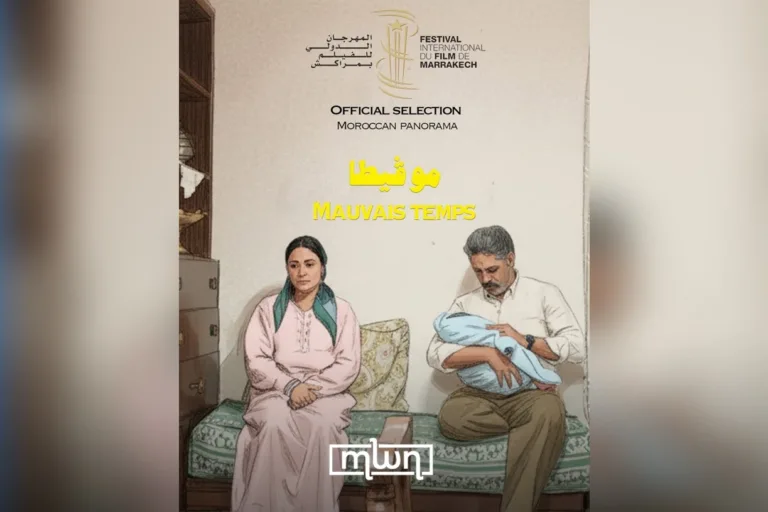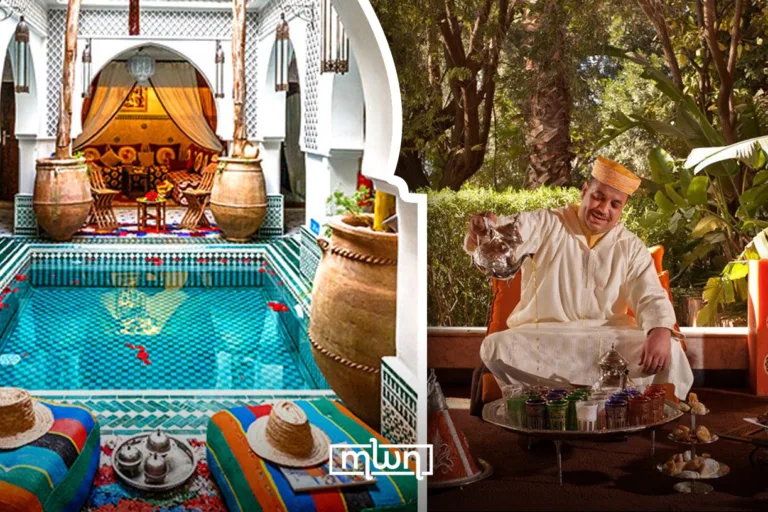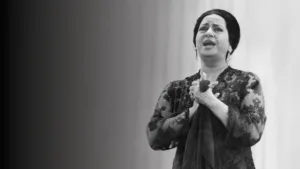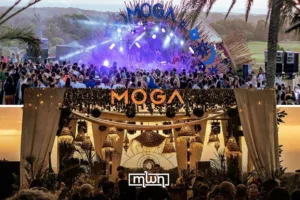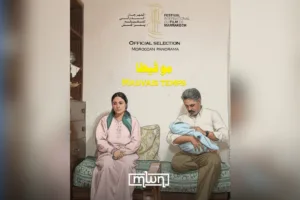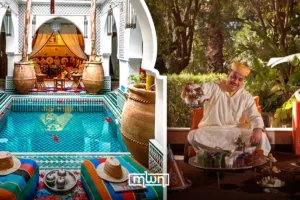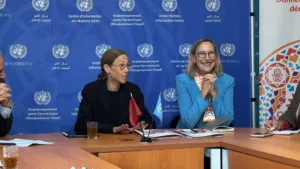Rabat – In the traditions of Moroccan culture, where vibrant colors weave stories of love, family, and ancestral wisdom, few rituals shimmer with as much tenderness and timeless pride as the Laylat Al Henna (henna night.)
This is not merely a pre-wedding event, it is a sacred rite of passage, an intimate symphony of sisterhood, blessings, and artistry that has cradled Moroccan brides for generations.
The air hums with the earthy scent of freshly mixed henna, the rhythmic pulse of traditional Aita or Andalusian music, and the joyful trill of zgharit (ululations).
At the heart of it all, lies the henna itself , a deep, green-brown paste crafted from nature, symbolizing protection, fertility, prosperity, and the divine bond between the past and the future.
As defined patterns bloom like lace across the bride’s hands and feet, each swirl and petal carries ancient blessings, whispered prayers, and the collective love of every woman who has ever sat in that honored circle.
This is Laylat Al Henna, a night where gold-adorned hands become canvases of heritage, where tears mingle with laughter, and where a community paints its hopes onto the bride, stitch by sacred stitch.
It is a radiant affirmation of identity, a living legacy passed down through the hands of mothers, and an unforgettable proclamation that whispers: “here our daughter, our heart, veiled in the living artistry of Morocco.”
With hands that bloom like gardens and feet kissed by ancestral blessings, she is held in the timeless embrace of all who came before her. Ready not just to step into her tomorrow, but to carry forward the light of her home, forever wrapped in the love that stains not just her skin, but her soul. This is our legacy, painted in henna and held in every heartbeat around her.
As the night deepens, when the henna has dried like lace upon the bride’s skin and the air hums with ancient songs – a soft ripple stirs the gathering.
The groom arrives, he does not stay long, but his presence is profound. Escorted by his own mother and/or female relatives, he enters this sanctuary not as an outsider, but as the one chosen to walk beside the bride into tomorrow.
In this moment, the circle of women parts gently, not to break, but to welcome him into the portal to their shared legacy.
Henna is so much more than a stain – it’s love made visible, a whispered prayer from generations past.
As the earthy paste blooms across the bride’s skin, tracing delicate vines and hidden stars, it weaves a sacred shield around her heart. Grandmothers’ blessings live in every curve; mothers’ hopes rest in every petal.
This is how her family paints protection onto her palms, how they root her in courage, and pride. The deeper the color, the stronger the baraka (the blessing,) the divine light that seeps into her soul.
And long after the celebration ends, that kiss stain from henna remains a tender reminder that she is forever held, forever blessed, and forever wrapped in the eternal embrace of home.
Like all beautiful things born of earth and love, the henna’s rich stain will eventually fade.
What begins as dark brown lace softening to amber, then a whisper of gold, until only a memory of the pattern remains. But this is not an end, it’s a quiet rebirth. For the henna was never meant to stay upon the skin; its true purpose was to sink in.
As the visible designs lighten, the blessings they carried, the grandmothers’ prayers, the mothers’ courage, the sisters’ laughter, seep deeper.
Into her bones, spirit, and the way she holds her husband’s hands to show support as a wife, or cradles her child just like she was once cradled.
The henna leaves her palms, but its baraka never leaves her. It becomes part of her story, like freckles of sunlight on her heart.
Long after the last trace vanishes, she carries its warmth: a reminder that love, like henna, is not measured by how long it lasts on the surface, but how deeply it becomes part of who you are.

